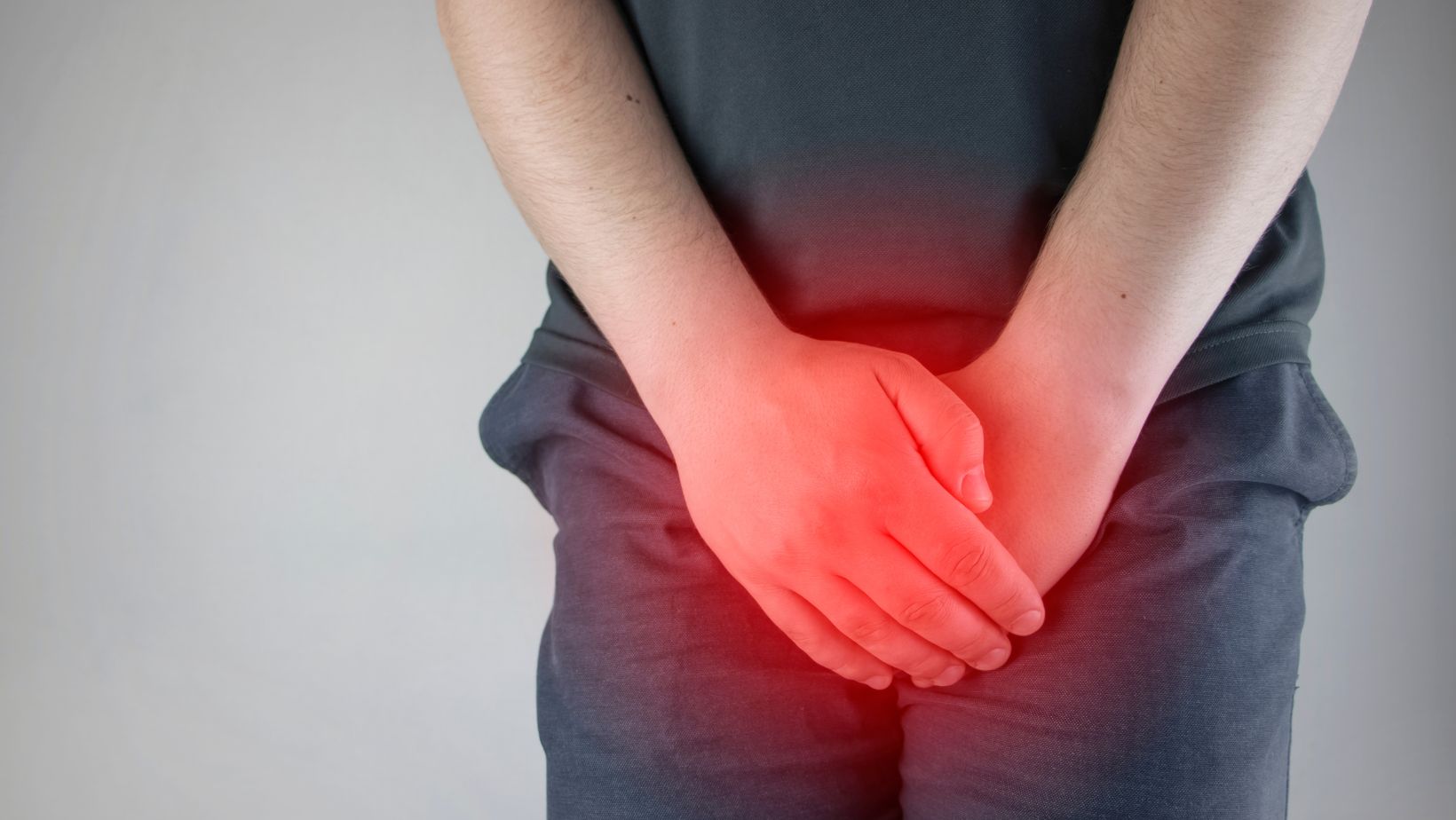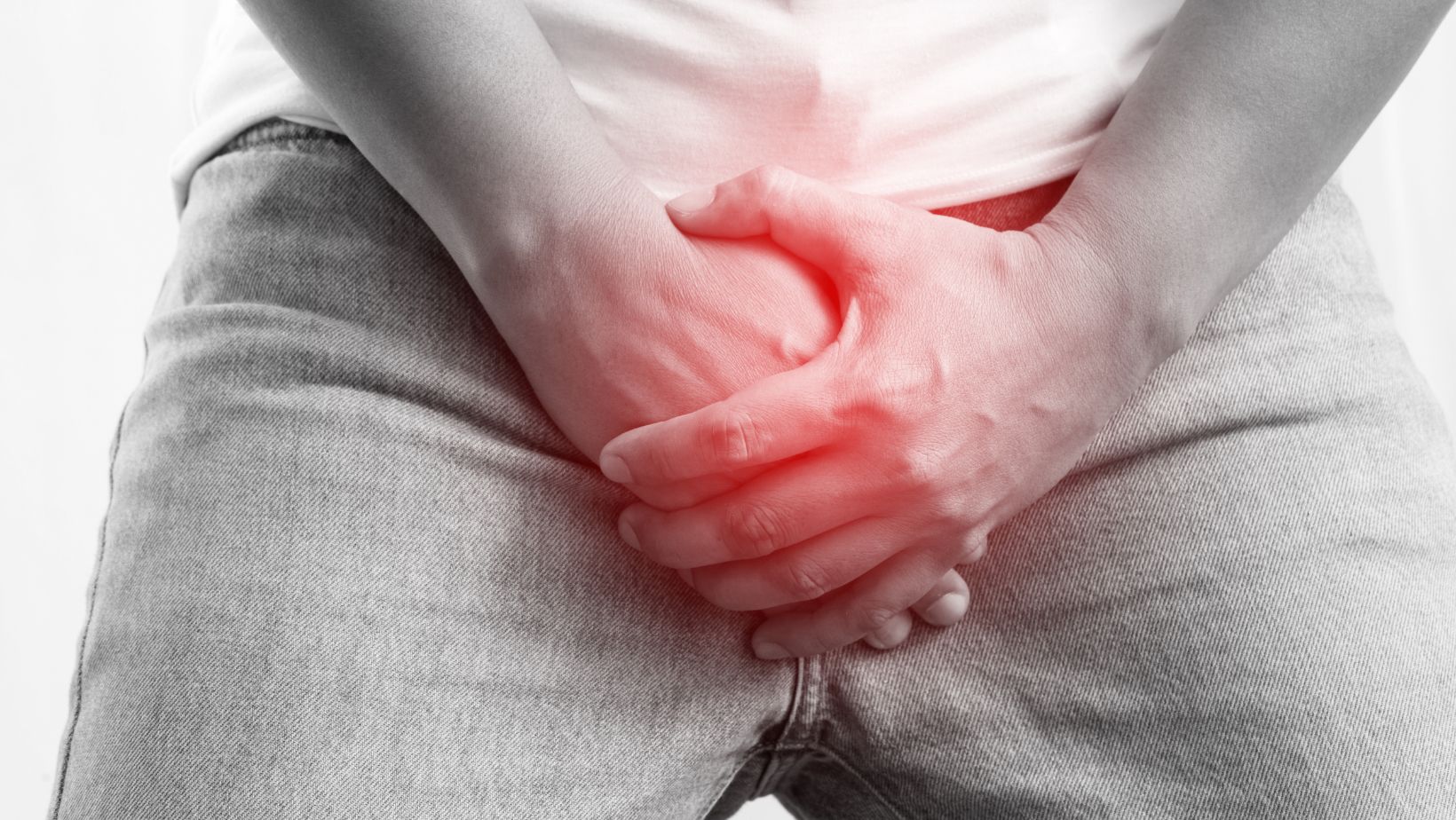Pelvic and groin pain are issues that many women face at some point in their lives. These discomforts can vary in intensity, location, and cause, often leading to confusion about the underlying health issue. Whether it’s a sharp, stabbing pain or a dull, persistent ache, groin and pelvic pain should never be ignored. For many, the discomfort can be a temporary nuisance, but it can indicate a more severe condition for others. Understanding the Causes of Female Groin Pain is crucial for addressing the issue’s root and seeking appropriate treatment.
What is Groin Pain?
Pain in the groin region, the junction between the abdomen and the thighs, may be caused by various reasons. It can be classified as slight to severe and might involve either the right or left side of the body or both. Groin pain is not confused with pelvic pain, which is experienced more towards the lower abdomen.
But for most women, these two categories of pain may present at the same time, with the diagnosis being challenging. Groin pain in women has multiple possible causes, most associated with the female reproductive system, the urinary tract, muscles, ligaments, or bones.
Common Causes of Groin Pain in Women
Groin pain can have many causes, from simple muscle pulls to severe pathological processes. One of the most typical sources of the problem is muscle tension due to physical exertion. Muscle strain can be caused by exercise, lifting, or any awkward movement that results in inflammation and pain in the groin region. This type of pain is usually described as acute and localized and tends to increase as the patient moves around.
Another main reason for groin pain in women is pelvic inflammatory disease (PID). PID is a disease that affects the female reproductive system and is commonly a result of bacteria that are transmitted through sexual intercourse. Symptoms of PID include sharp lower abdominal pain that may be accompanied by pain in the lower part of the abdomen that spreads to the groin, fever, and unusual vaginal discharge. If PID is left untreated, it may lead to scarring of the reproductive organs, chronic pain, and infertility.
Hernias affect more male individuals than females but can also affect females and result in severe groin pain. A hernia is when an organ or fatty tissue protrudes through an opening in the muscle or connective tissue that has been weakened. In females, it presents as an inguinal hernia at the groin region. Some of the signs include the development of a lump in the groin region, sharp pains in the affected area, especially when bending over, coughing or lifting things, and pains when walking.

Another reason for groin pain in ovarian cysts. Therefore, cysts are fluid-filled sacs that grow the lining of the ovaries or, in some cases, within t, the ovaries. Most ovarian cysts are non-cancerous and often disappear on their own, but some may become huge or burst, resulting in a lot of pain. Ovarian cyst pain is usually sudden and severe, localized in one side of the groin or lower abdomen.
Last of all, endometriosis is another gynecological condition that can cause groin and pelvic pain in women and is often poorly diagnosed. Endometriosis is a condition in which the tissue that is usually found inside the uterus grows outside of it. It mainly affects the ovaries, fallopian tubes, and pelvic tissues. Endometriosis is characterized by chronic pelvic pain that may be felt in the lower abdomen, back, or groin, especially during menstruation, intercourse, or bowel movements.
Diagnosis and Treatment
Evaluating the cause of groin pain in women usually involves a medical history, physical examination, ultrasound, MRI or CT scan, and. A healthcare provider may also want to know how severe the pain is, how long it has lasted, and whether there are other signs of the problem, such as fever, swelling, or changes in bowel movements. All of these details can be useful in excluding some of the possible causes and thus determining CT treatment.
Groin pain has various causes, and pain management depends on the cause. In many cases of muscle strain or hernias, the first treatment options are to avoid physical activity and seek physical therapy. In severe cases, a hernia may require surgical treatment to strengthen the damaged area and avoid complications. In mild cases of conjunctivitis, over-the-counter drugs like ibuprofen or acetaminophen may help ease pain and inflammation.
Treatment may entail more specific interventions for conditions like PID or endometriosis. Antibiotics are crucial in managing PID because the risk of spreading the infection if the condition is not treated is high. Endometriosis patients may need hormone treatment to manage the growth of the endometrial-like tissue and pain. In more severe cases, surgery like laparoscopy may be required to shave off the abnormally grown endometrial tissue.

In most cases of ovarian cysts, they will dissolve by themselves without having to go through any form of treatment. Nonetheless, the larger or ruptured cysts may necessitate surgical intervention, especially when the pain is severe or when the fertility of a woman is at risk. Hormonal contraceptives may also be prescribed to prevent the development of new cysts, although there is insufficient evidence of the effectiveness of this treatment.
Lifestyle changes such as exercising, maintaining a healthy diet, and stress reduction strategies may also help women with chronic groin or pelvic pain. Low-impact exercises like yoga or stretching help build up muscles and flexibility, thus preventing future injuries. Posture and biomechanics also play a significant role in avoiding muscle pull and strain in the groin region.
Conclusion
Pain in the pelvic and groin area is one of the most common complaints among women, and it can be caused by various factors, ranging from a simple muscle strain to a severe condition such as endometriosis or pelvic inflammatory disease. Learning the multiple causes of groin pain is the initial stage in searching for the appropriate treatment and enhancing the quality of life. Groin pain is manageable with the help of medical intervention, whether through medication, rest, or operation.












